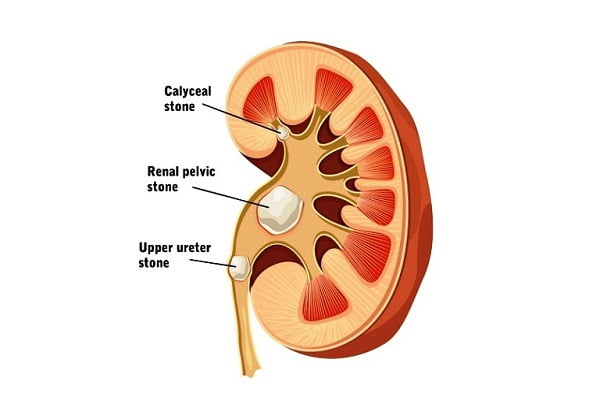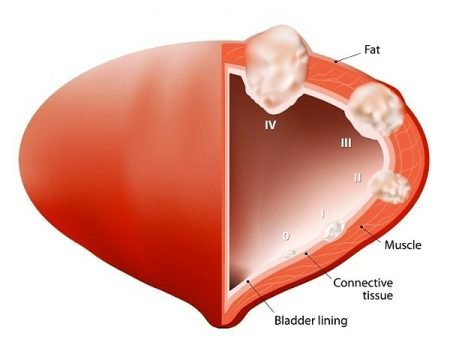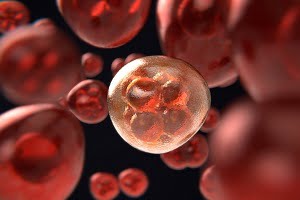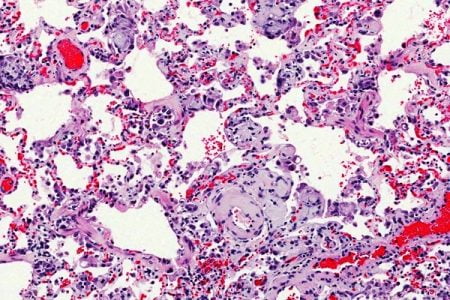Exercise and Amyloidosis
- Updated on: Jul 10, 2024
- 2 min Read
- Published on Nov 21, 2019

The diagnosis of Amyloidosis can be disheartening as there is no cure for the condition. Clinicians suggest that preventing amyloid production can be the best form of treating the disease. This can be done in two ways, either by slowing down the formation of amyloids or by simply managing the symptoms. In many cases, amyloidosis severely affects different organs of the body and therefore, organ-specific treatment is given to the patient such as chemotherapy, transplant, etc.
Amyloid deposition can occur in any organ. It is due to the over-production of abnormal protein in the bone marrow. This is a rare condition and is referred to as amyloidosis. There is no such theory that formation of amyloids can be reduced with an increase in physical activity but exercising has been found to be beneficial in many patients.
Exercise and Organ-Specific Amyloidosis
Prof. Rong Zhang, affiliated with the departments of neurology, neurotherapeutics, and internal medicine at the University of Texas Southwestern Medical Center in Dallas, in his new research explained what should a person do if he has amyloid clumpings in the brain. His ‘proof-of-concept’ (cannot conclude from it) study showed results that participants who exercised regularly were benefitted.
Amyloid deposition also occurs in Alzheimer’s disease. In a study on Alzheimer’s, it was found that a hormone called irisin (exercise-induced hormone) which is released into the circulation during physical activity played an essential role in energy metabolism and also in promoting neuronal growth in the brain region. With this study as evidence, Arancio, Professor of Pathology and Cell Biology and of Medicine at Columbia University Vagelos College of Physicians and Surgeons, stated that irisin may help explain why physical activity improves memory and seems to play a protective role in brain disorders such as Alzheimer’s disease”. During the study, pieces of evidence were found that indicated that swimming boosts irisin production.
Cardiac amyloidosis (amyloid deposits in the heart) patients should usually do limited and light exercises. This is to avoid exhaustion or pressure on the heart. Improving diet can also help to lowering the blood pressure and cholesterol which can then ultimately help reduce amyloid production.
All amyloidosis patients should consult their doctors for advice about the kind of workout or intensity of exercise for themselves.
Tips to Reduce Amyloid Deposition
Treatment of amyloidosis is important and exercise is not an alternative to it. But, it can be beneficial in reducing the symptoms and also in improving the condition of the patient with natural and complementary therapies.
Some common ways to prevent amyloid deposition may be:
- Active Lifestyle: Adopting an active lifestyle with accurate sleep patterns can help fight pain and reduce fatigue-related to amyloidosis.
- Dietary Changes: People with amyloidosis commonly suffer from tongue swelling, difficulty in swallowing, appetite loss, intestinal dysfunction, etc which limits them to take in the adequate amount of food (nutrients). Not much research is done on this, but restricting one-self to a balanced diet is the best option. Intake of a balanced amount of fluid or salt also helps to reduced symptoms of leg swelling, shortness of breath, etc.
- Some common exercises for amyloidosis patients are: tai chi, yoga, light-weight training, walking programs, etc. But, before taking up any exercise plan, please consult your doctor as a safety and precautionary measure.
Amyloidosis cannot be treated or completely reduced with exercises but it can, to some extent, benefit the treatment plan of the patient.












1 Comment
Latest MONALEESA 3 results show Kisqali and Faslodex offer better overall survival than Faslodex alone in postmenopausal women diagnosed with advanced stage, hormone receptor positive, HER2 negative breast cancer that either hadn t been treated yet or had been treated with only one hormonal therapy. Correct hypokalemia or hypomagnesemia before toremifene initiation; periodically monitor these electrolytes during therapy.